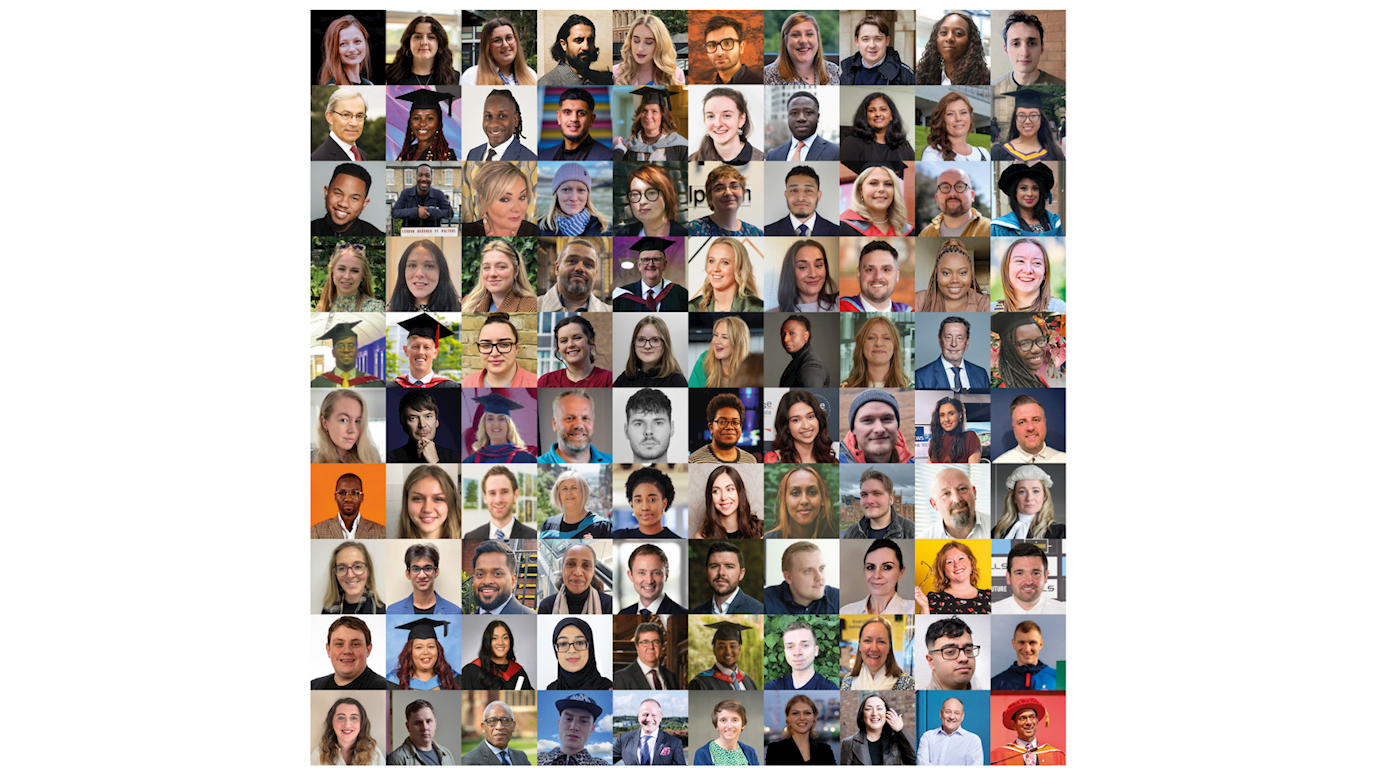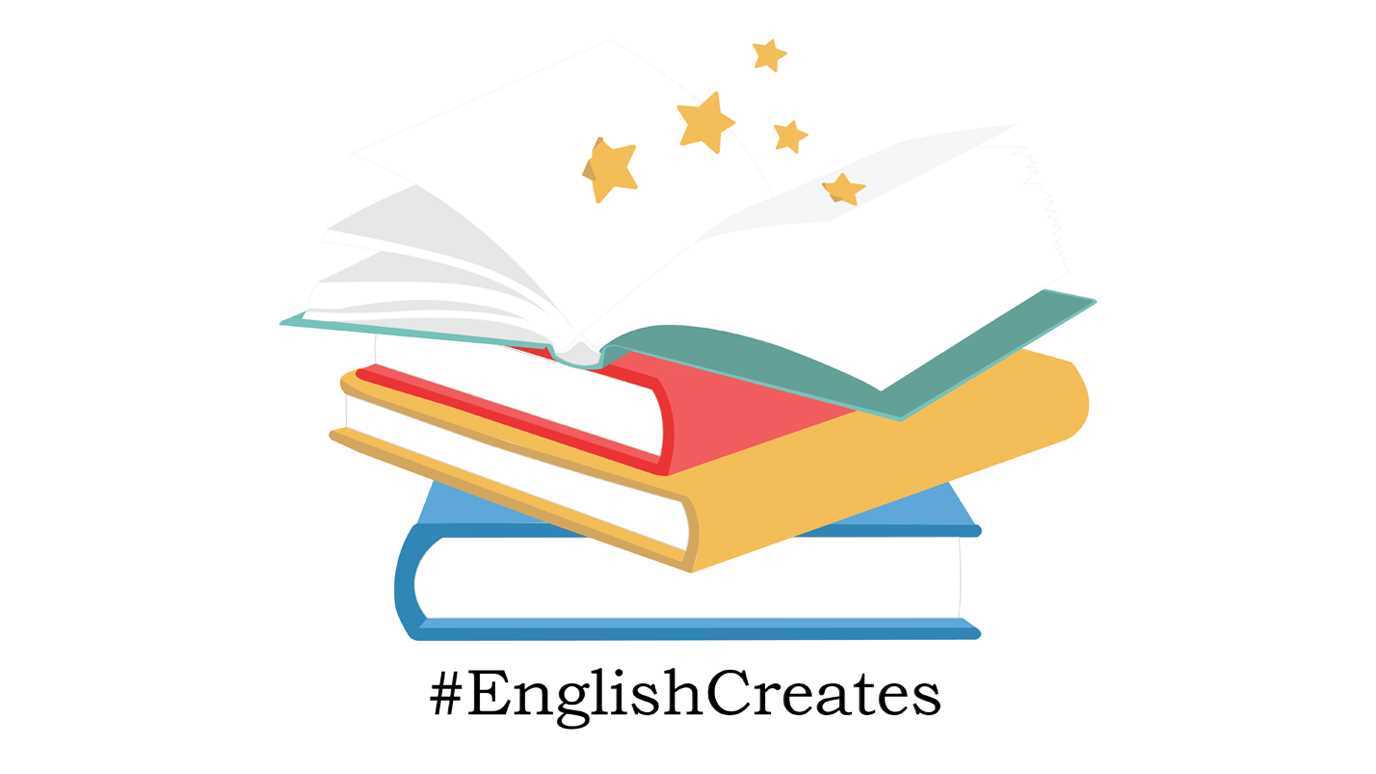A new report co-authored by a Royal Holloway academic, for the Joseph Rowntree Foundation, says the Conservative and Labour parties need the votes of people on low incomes in Scotland to help secure a majority in Westminster, while the SNP’s fortunes hinge on whether they can attract struggling households to turn out and vote.

Report cover
The report Scotland, Brexit and Low-income voters: the road to Number 10, says the three main parties need to broaden their appeal in Scotland beyond issues around Scottish independence and Brexit in order to secure the breakthrough needed to win the next General Election.
The research, by Professor Oliver Heath, of Royal Holloway University and Professor Matthew Goodwin at the University of Kent draws on data from the British Election Study (BES) from the 2017 General Election.
It finds that the independence referendum in 2014 and EU referendum in 2016 have presented openings for the main parties to appeal to voters beyond their traditional base of supporters.
And with the Parliamentary arithmetic finely balanced in Westminster, the implications of what happens in Scotland are likely to be profound for the outcome of the next General Election, which looks set to be a tight race. 12 of the 31 most marginal seats in Britain are in Scotland (see Notes to Editors for full lists).
The report found:
- People on low incomes are more likely to vote SNP, but their lead among this group over the other parties has fallen in the last couple of years. There has been a noticeable increase in support for the Conservatives among low income voters. The reported vote share amongst low income voters was 40 per cent for the SNP, compared to 26 per cent for Labour and the Conservatives. Labour made a late surge among low income voters during the short-campaign to catch up with the Conservatives, but still finished short of where they had been before the 2014 independence vote.
- Low income voters were split on both the Scottish independence and Brexit referendums and do not have cohesive political preferences on the two major referendums. This suggests attempts to mobilise them on these issues will only have limited success and that parties may have more to gain by pitching to other issues.
- People who thought their own personal finances had got worse or that the national economy had got worse were both more likely to vote SNP than Labour or the Conservatives. This appears to indicate that people were more likely to blame the Conservative government in Westminster for their economic difficulties than the SNP government in Holyrood.
The report highlights lessons for the three main parties in Scotland.
- For the SNP, the need to galvanize low-income voters ahead of the next election, particularly with no second independence referendum in sight and amid signs people who previously supported the party are less willing to vote.
- For the Conservatives, the analysis suggests there is a ceiling on how much support can be gained from an appeal based around Brexit and the Union and the party are still seen as further to the political right than the public. They need to focus on a compelling offer to attract more low-income voters from both Labour and the SNP, and to mirror their gains among working-class voters in England.
- For Labour, making an offer to address voters’ day to day struggles. Both the SNP and the Conservatives have a track record of being in power in Holyrood and Westminster respectively, but many ordinary people feel like their own personal economic situation has deteriorated.
Claire Ainsley, executive director of the independent Joseph Rowntree Foundation (JRF), said:
“With British politics on a knife-edge and the main parties unable to secure a majority, how low-income households vote at the next General Election could pave the road to Number 10. Yet political debate is fixated on Brexit at a time when millions of families are locked in poverty and struggling to make end meets.
“It’s clear that party leaders need to address voters’ day to day struggles – such as in-work poverty and the cost of housing – and ensures everyone has the opportunity to build a better life for themselves and their families.
“Low income voters in Scotland are an important battleground and will have a bearing on who leads the country in Westminster. The party that unlocks more opportunities for people on low incomes could be the one that is more likely to secure a parliamentary majority at the next election.”
Professor Oliver Heath said: "Recent elections in Scotland have been very volatile – and none of the parties can take their votes for granted. Whichever party succeeds in the next election will therefore need to pay close attention to the needs and aspirations of low income voters.”
Professor Matthew Goodwin said: “What happens in Scotland will likely determine whether Labour or the Conservatives hold the keys to Number 10 Downing Street after the next election. Our analysis shows why all of the parties have clear incentives to reboot and make a far more compelling offer to voters on low incomes and those in poverty.”
Scotland, Brexit and Low-income voters: the road to Number 10 is available under embargo by contacting the JRF press office.
The report adds to previous work for JRF that has explored recent political change in Britain. The first report, published in the aftermath of the 2016 EU referendum, showed how a lack of opportunity across the country led to the Brexit vote. The second, published shortly after of the 2017 general election, showed how lower income and marginalized voters across Britain – though particularly in England - were divided between their worries over identity issues like immigration, and their worries over economic issues like living standards, redistribution and inequality. In this report, the authors explore these themes further but within the specific context of Scotland, looking at how the dynamics of party support in general elections shifted against the backdrop of two major referendums.
These changes mean that, for the main parties, there is now all to play for. There is now a larger number of marginal seats in Scotland. Between 2015 and 2017, the number of marginal seats in Britain as a whole (i.e. seats won with majorities of less than 1 per cent of votes cast) more than doubled, rising from 13 to 31. Yet a large number of these are in Scotland, where the number of these marginal seats increased from just one in 2015 to 12 in 2017. For Labour, to win a majority at the next general election, assuming a uniform swing, they will require a swing of just short of 5 points: there are 79 seats across the UK that would fall to Labour on a 5-point swing or less, no fewer than 23 of these are in Scotland. There are currently two (SNP-held) seats where a swing of less than 0.3 per cent would put them in Conservative hands and a further nine seats where they need less than a 5-point swing.
The Most Marginal Seats in Britain (won by less than 1% of the valid vote). Scottish seats in bold.
|
Seat |
Incumbent |
Second place |
Country/Region |
Majority (votes/%) |
|
SNP |
Liberal Democrats |
Scotland |
2/0% |
|
SNP |
Conservative |
Scotland |
21/0.04% |
|
Labour |
Conservative |
London |
20/0.05% |
|
Labour |
Conservative |
West Midlands |
22/0.06% |
|
Conservative |
Labour |
South East |
31/0.07% |
|
Labour |
Conservative |
West Midlands |
30/0.07% |
|
Conservative |
Liberal Democrats |
London |
45/0.07% |
|
Labour |
Conservative |
North West |
48/0.09% |
|
SNP |
Labour |
Scotland |
60/0.17% |
|
SNP |
Labour |
Scotland |
75/0.21% |
|
Plaid Cymru |
Liberal Democrats |
Wales |
104/0.26% |
|
Conservative |
SNP |
Scotland |
148/0.30% |
|
Plaid Cymru |
Labour |
Wales |
92/0.33% |
|
Labour |
Conservative |
South East |
187/0.33% |
|
Sinn Fein |
SDLP |
Northern Ireland |
169/0.37% |
|
Labour |
Conservative |
North West |
209/0.44% |
|
Labour |
Conservative |
Yorkshire and The Humber |
239/0.46% |
|
SNP |
Labour |
Scotland |
195/0.51% |
|
Labour |
SNP |
Scotland |
265/0.52% |
|
SNP |
Conservative |
Scotland |
266/0.53% |
|
Labour |
SNP |
Scotland |
259/0.56% |
|
Conservative |
Liberal Democrats |
South West |
312/0.61% |
|
Conservative |
Labour |
Yorkshire and The Humber |
331/0.61% |
|
Conservative |
Labour |
South East |
346/0.63% |
|
Conservative |
Labour |
London |
353/0.64% |
|
Conservative |
Labour |
Eastern |
345/0.69% |
|
Conservative |
Labour |
Wales |
314/0.74% |
|
SNP |
Labour |
Scotland |
318/0.76% |
|
Labour |
SNP |
Scotland |
242/0.76% |
|
Labour |
Conservative |
East Midlands |
441/0.88% |
|
SNP |
Labour |
Scotland |
384/0.98% |
Source: House of Commons Library. Scottish seats highlighted in bold.
SNP Seats in Scotland where Labour are within 5 points
- Glasgow South West
- Glasgow East
- Airdrie and Shotts
- Lanark and Hamilton East
- Motherwell and Wishaw
- Inverclyde
- Dunfermline and Fife West
- Edinburgh North and Leith
- Glasgow North
- Glasgow South
SNP Seats where the Conservatives are within 5 points
- Perth and North Perthshire
- Lanark and Hamilton East
- Edinburgh South West
- Argyll and Bute
- Central Ayrshire
In order to explore how people voted in Scotland at the 2017 general election, and the deeper currents that have reshaped Scottish politics, the reports uses individual-level data from the British Election Study (BES) Internet panel to paint a fuller picture. The survey interviewed 3,266 people in Scotland in the immediate aftermath of the 2017 election, which provides a sample large enough to allow us to analyse the voting behaviour of different sub-groups. The survey is also helpful because the questionnaire on which it is based probes a wide range of topics, including attitudes toward austerity and inequality, Brexit, and the Scottish Independence referendum, as well as people’s backgrounds.
























